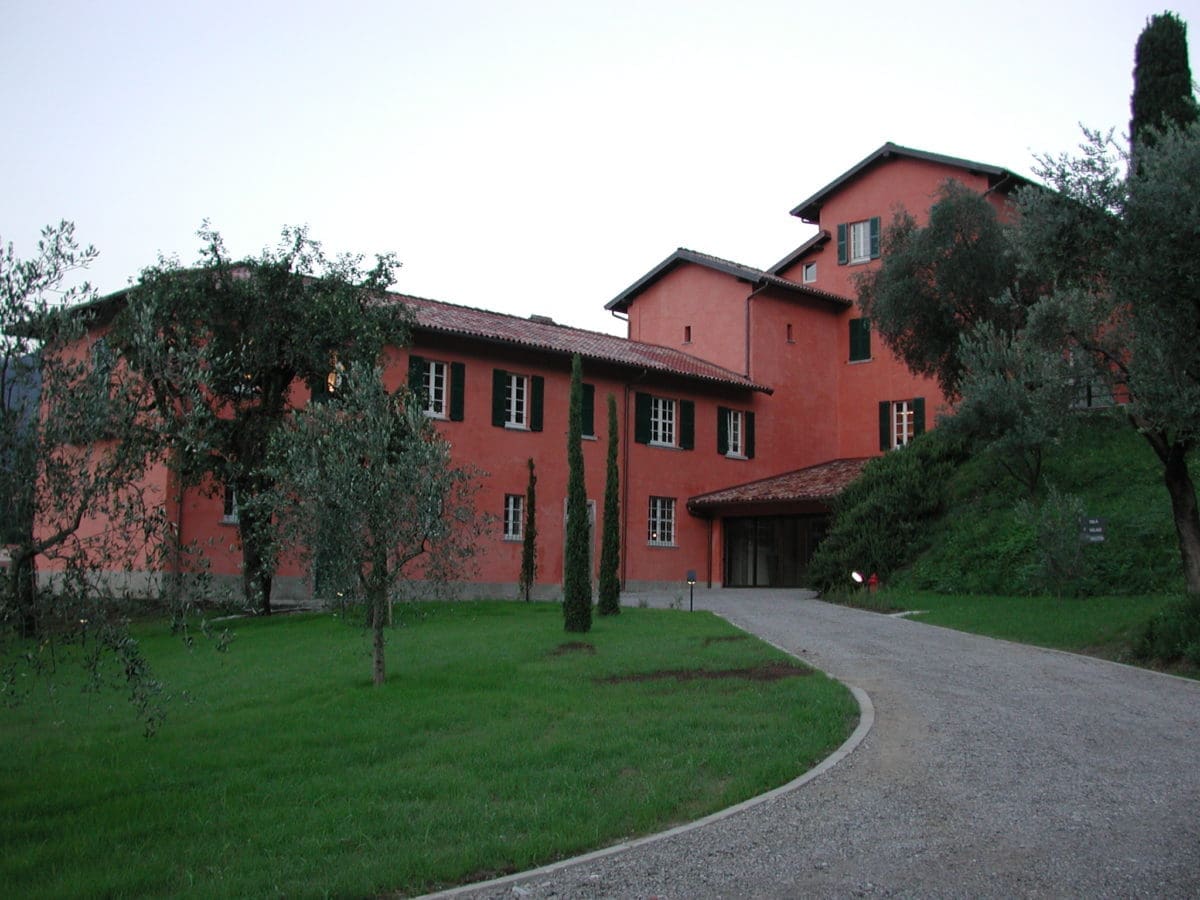That's what brought us to Bellagio – to ask what we had in common, what we could do together to create a new definition and role for museums. We also wanted to figure out how we could support each other.
Liz SevcenkoFounding Director, International Coalition of Sites of Conscience
And we certainly made the most of our time! We’d carefully designed a structured agenda beforehand, and there was a lot of collaboration and discussion around our practices as smaller collectives. By the end of our stay, we’d crafted a declaration and honed its language. We laid it out on a table in an upstairs library lounge and held a signing ceremony. When we left, we each took a copy home with us.
During our time at Bellagio, there was a mix of conveners who came for short stays (like us) and residents who were there for the whole month, so there was a real cross-section of people. One of the residents was a composer, and we told him about how we were building a common identity and purpose as Sites of Conscience. He listened and was enthusiastic, and I thought that was all – but on the last day of our convening, he knocked on our conference room door. He told us: “You need a theme. If you’re gonna be a movement, you need an anthem.” He’d composed a piece called “Sites of Conscience,” and gave us the sheet music as a gift. It was an incredibly touching way to receive support from another Bellagio fellow, and it was a validation of sorts, too. It marked that we were starting something important.
Before Bellagio, we were like individual atoms floating around. Thanks to that convening, we came together and created something bigger than the sum of our parts. Since our formation, the coalition has grown a network of over 350 Sites of Conscience in over 65 countries, engaging tens of millions of people on an annual basis. Together, we use the lessons of history to take action on challenges to democracy and human rights today. That week in Bellagio was the birth of this ambitious effort.
Bellagio can convince busy people to leave their urgent work and come together for a new purpose. It was a magical, peaceful place that gave everybody the space they needed to focus on their work; and thus, where local work was given global importance.
Explore more
Visit the International Coalition of Sites of Conscience and Liz’s current project Climates of Inequality.
Get Liz’s book, Public History for a Post-Era Truth: Fighting Denial through Memory Movements, from Routledge. Liz’s recommendation: Reconsidering Reparations, by Olúfémi O. Táíwò.
Related

December 2022
When it comes to climate justice, The Rockefeller Foundation is taking urgent steps to support and protect our planet. Globally, we are on a path to 2.7 degrees of warming, resulting in unbearably harsh living conditions that will affect us all, especially the most poor and vulnerable. We can’t afford to let that happen if […]
More